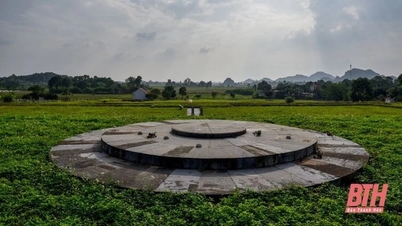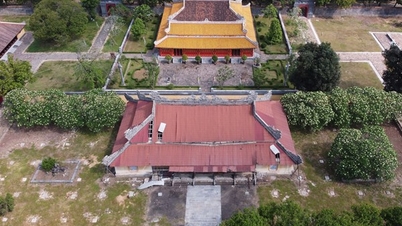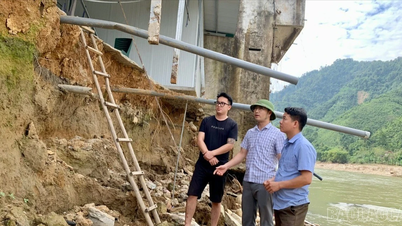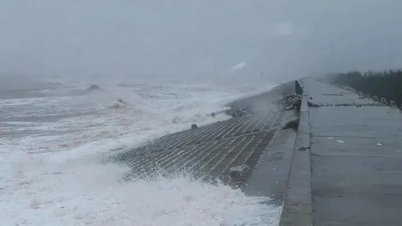The video appeared online shortly after the Long March 2C rocket exploded at 3 p.m. on June 22 (local time) from the Xichang Satellite Launch Center in southwest China's Sichuan Province.
Video of rocket debris believed to be Chinese fell on Xianqiao village in Guizhou province after the launch on June 22 (source: Weibo):
X
The launch was declared a "complete success" by China Aerospace Science and Technology Corporation (CASC), a state contractor that developed the Long March 2C rocket.
The rocket carried into orbit the Space Variable Object Monitor, a powerful satellite developed by China and France to study the most distant stellar explosions, known as gamma-ray bursts.
According to video posted on the Kuaishou platform, a long, cylindrical piece of debris can be seen falling into a rural village next to a hill, leaving behind a bright yellow smoke trail.
Video of rocket debris believed to be Chinese falling in Xianqiao village, Guizhou province (source: Kuaishou):
X
CNN geolocated the video as being shot from Xianqiao village in Guizhou province, which is close to the launch site in Sichuan province to the southeast. The video was also posted from an IP address in Guizhou.
Other videos circulating on Chinese social media platforms show multiple angles of the falling debris. In one, villagers, including children, can be seen running away as they watch the yellow smoke streak across the sky, some covering their ears from the impact.
Witnesses said they heard a loud bang after the debris hit the ground. One witness said he saw the missile fall. "There was a pungent smell and the sound of an explosion," he said.
An hour before launch, residents were asked to leave nearby buildings and disperse to more open areas to observe the sky. They were warned to stay away from debris to avoid the effects of “toxic gases and explosions,” according to a government notice.
The notice said people were also prohibited from taking photos of the debris or posting videos online. There were no immediate reports of injuries from local authorities.
Missile expert and senior research associate Markus Schiller at the Stockholm International Peace Research Institute said the debris appeared to come from the Long March 2C rocket's first stage booster, which uses liquid propellants including nitrogen tetroxide and unsymmetrical dimethylhydrazine (UDMH).
“This combination always produces orange smoke. It is extremely toxic and carcinogenic. Any living thing that breathes that stuff will have trouble in the near future,” Mr. Schiller said.
Such incidents happen frequently in China because of the location of its missile launch sites, he said. Most missiles in China are launched from three launch sites on the mainland: Xichang in the southwest, Jiuquan in the Gobi desert in the northwest, and Taiyuan in the north. Built during the Cold War, these bases are located far from the coast because of security concerns.
Chinese rocket debris has hit villages before. Last December, debris from a rocket fell in southern Hunan province, damaging two homes. In 2002, a boy in northern China was injured when debris from a satellite launch landed in his village in Shaanxi province.
Hoai Phuong (according to CNN)
Source: https://www.congluan.vn/video-cho-thay-manh-vo-ten-lua-roi-xuong-ngoi-lang-o-trung-quoc-post300640.html



![[Photo] Prime Minister Pham Minh Chinh meets with South African President Matamela Cyril Ramaphosa](https://vphoto.vietnam.vn/thumb/1200x675/vietnam/resource/IMAGE/2025/10/23/1761226081024_dsc-9845-jpg.webp)
![[Photo] President Luong Cuong holds talks with South African President Matamela Cyril Ramaphosa](https://vphoto.vietnam.vn/thumb/1200x675/vietnam/resource/IMAGE/2025/10/23/1761221878741_ndo_br_1-8416-jpg.webp)

![[Photo] Prime Minister Pham Minh Chinh chairs meeting on railway projects](https://vphoto.vietnam.vn/thumb/1200x675/vietnam/resource/IMAGE/2025/10/23/1761206277171_dsc-9703-jpg.webp)








































































































Comment (0)